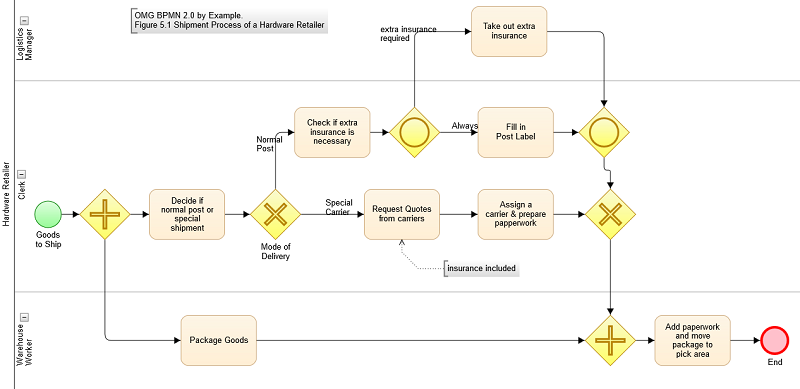GoJS is a JavaScript library to build your own diagrams created by Northwoods Software. Today, we’re going to know more about Northwoods and its the GoJS library.
About Northwoods Software
Northwoods Software is a supplier of interactive diagramming components and class libraries across a variety of platforms. Northwoods was founded in 1994 by a group of engineers who left Digital Equipment Corporation with a shared vision for providing superior graphical user interfaces. Since then, we have grown to serve companies worldwide. With 20 years of software development experience, our libraries GoXam, GoDiagram, and GoJS are built on what engineers value most: prompt and thorough developer-to-developer support, comprehensive documentation, responsive interactivity, and seamless integration into your application.
GoJS, launched in 2012, is a feature-rich JavaScript library for implementing interactive diagrams across modern web browsers. We provide over 200 interactive samples to help you get started with diagrams such as BPMN, flowchart, state chart, visual trees, Sankey, industrial process, genogram, and data flow. We understand that a library is more valuable than just its code, so we have spent considerable time writing introduction documents and we provide a more detailed API than any competitor.
The GoJS Advantage
Each time we target a new platform, we re-implement our libraries from scratch, rather than doing a minimal porting of an older library. As a result, we design GoJS first as a HTML/JavaScript product, while still benefiting from our twenty years of past experience with diagramming libraries.
GoJS is implemented in TypeScript and delivered as a Javascript library with TypeScript typings. GoJS has no dependencies, so the library is fully functional alone or alongside any other libraries they choose. We continually test GoJS features to ensure compatibility with all modern browsers on both desktop and mobile, including touch devices. As a HTML5 Canvas solution, GoJS integrates with any JavaScript framework from JQuery to AngularJS, but can also stand on its own. We also offer SVG export of our diagrams for static display and printing needs.
We typically add features in GoJS as a result of consumer demand. As our customer base has reached the thousands over the years, we’ve seen and can handle almost anything a user might want. When we encounter a request that other programmers could need, we often create a new sample demonstrating that feature. We insert the complete source code in the extensions directory if the feature can easily be packaged for use by programmers. If the feature is application-specific, then it will typically go into a sample and be published as part of the kit. If we cannot implement the feature well on top of the GoJS API, we extend the API accordingly and implement it as part of the library. Through this process, we continually build and extend the capabilities of GoJS and respond to the needs of our customers. We build releases to suit customer demand, almost every other week.
Technical support is included with most purchases, as we understand that good software is based on communication and support. We have an active forum and offer comprehensive tutorials and introductory assistance. Support is always provided by the engineers who develop GoJS and 30 days of free support is included when you register with us.
Developer time is expensive. A carefully crafted and well-supported library is a rare opportunity to buy time in the development cycle. By using GoJS, your team can add thousands of hours of expertise to mature your project quickly and easily.
Example of a Genogram diagram in GoJS
We recently launched a YouTube channel, where we share video tutorials on how to best utilize our software, from beginning stages to advanced customization. If you’re new to GoJS, the video below will provide an introduction to the possibilities of our library.






GoJS proves to be a powerful solution in developing any diagram visualization application. Our developers at Synergy Codes have chosen it as a must-have in every project related to modeling, mapping and visualization. Thanks to many functionalities already provided by the GoJS library, it’s possible to create user-friendly web apps allowing end-users to construct complex diagrams intuitively and with ease.
Thank you for the kind words, Chris!
hi chris , if are using gojs in angular 4+ kindly give me some reference..
thanks in advance..
can I have node editor ? and add custom attributes ?
Wow, that’s what I call great overview. I really appreciate your work as I’m into GoJS, too. Recently, I’ve read a great guide on GoJS. Maybe you could be interested in reading it too? https://synergycodes.com/gojs-ebook/
I need to provide a BPMN compliant workflow builder tool for end-users in my applications. What tool can I use. I do programming on .net
Hello can this be used in low code tool like oracle apex and data sourcing from oracle sql or plsql code.
You´ll need to ask the tool creators to see how you can plug it into these Oracle tools you mention